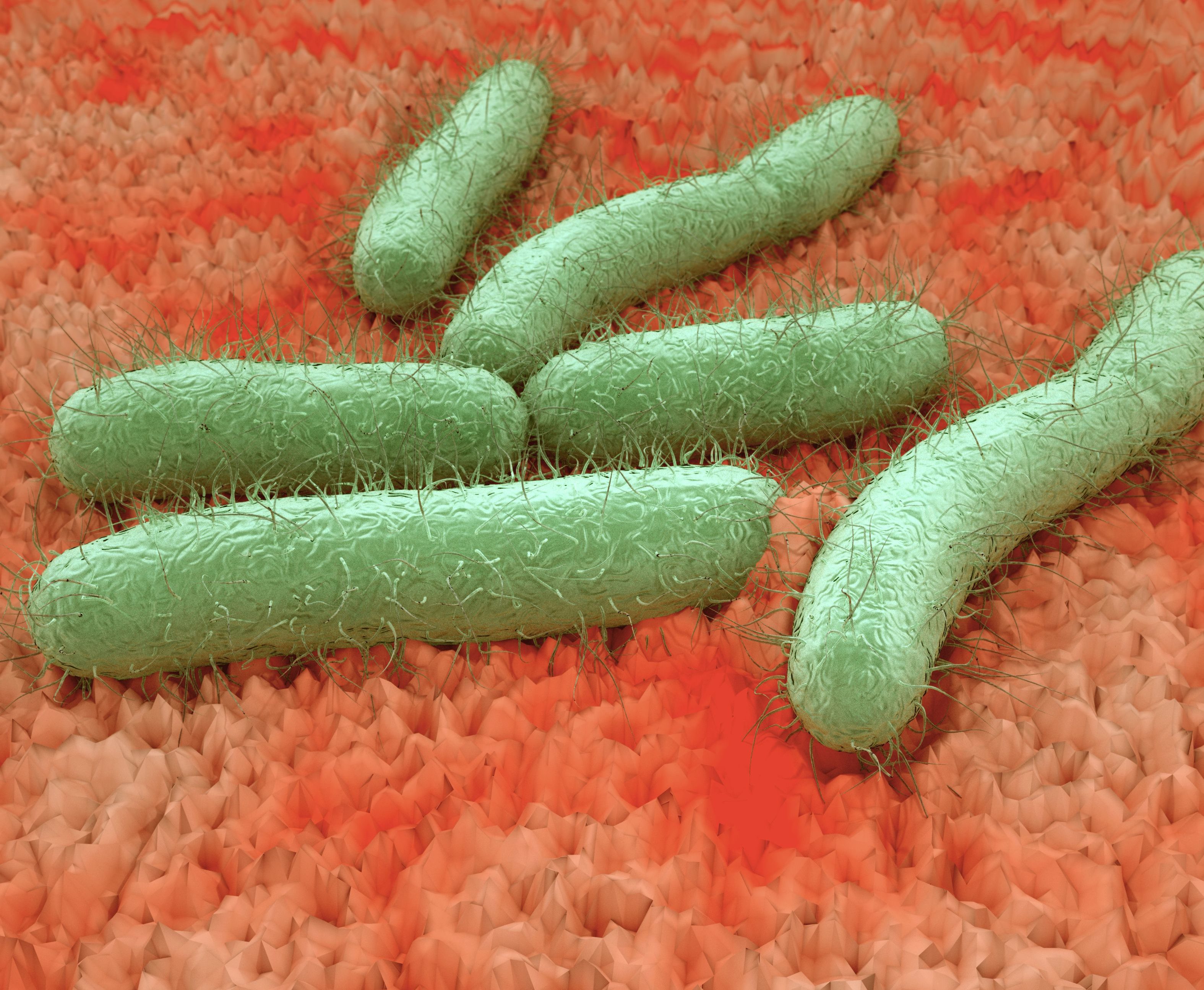Ontario’s Ministry of Health and Long-Term Care has recently changed the measurement standard for E. coli at public beaches, permitting more of the bacteria per measurement volume. Now the Canadian Environmental Law Association (CELA), Environmental Defence, and Swim Drink Fish Canada have called for the Ministry to make the changes open to a public review.
With swim season just beginning in Ontario, come June water quality monitoring will be underway at many public beaches. Recreational water quality monitoring alerts the public about water contamination and many Ontarians rely on it to decide whether to swim.
However, the Ministry failed to consult with the public prior to implementing a new single sample maximum reading. This is a significant change to Ontario’s recreational water quality standard and what it would mean for public health and the environment.
“The best thing that people can do this summer is get out for a swim in the Great Lakes. The changes to the Ontario water quality standards means the public needs to be more informed than ever before when they head out to our lakes and rivers this summer,” said Mark Mattson, President, Swim Drink Fish Canada. “We want the best information possible for the public to protect their health from recreational water illnesses, so we urge the public to learn about the standards and the quality of the water where they love to swim.”
CELA, Environmental Defence, and Swim Drink Fish Canada made a formal request today that the Ministry post the change in E. coli standard on the environmental registry for public review and comment. The environmental registry is a website created under the Environmental Bill of Rights which requires the government to provide public input into decisions that could have a significant effect on the environment.
“The public should have a say in whether the Ministry of Health and Long-Term Care should change the E.Coli standard for recreational waters intended to protect public health and the environment,” Jacqueline Wilson, counsel, Canadian Environmental Law Association. “The Environmental Bill of Rights is one of our key environmental laws and was created exactly for this purpose—to allow for the public to have input on government policies that can affect their health and the environment.”
The new recreational water quality standard is a geometric mean concentration (minimum of five samples) of less than 200 E. coli per 100 millilitres, and a single-sample maximum concentration of less than 400 E. coli per 100 millilitres, while the previous standard was less than 100 E. coli per millilitres as a geometric mean.












